Projects
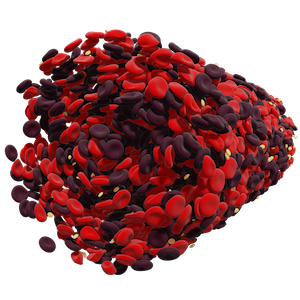
3D Cell Resolved Blood Modeling
The way whole blood flows is determined by the cells that it is comprised of, mainly the deformable red blood cells. In order to capture the cell nature of whole blood and study its non-Newtonian rheology cell-resolved blood flow solvers are developed to investigate a host of problems concerning dense suspension flows. I worked on multiple projects developing the high-performance framework HemoCell, which is used for simulating blood as a dense suspension of cells. My work focused on studying the rheology and transport phenomena of whole blood, with specific applications to diseases like Diabetes and Sickle Cell Anemia. This work relies on high performance computing and the use of such techniques as parallelism, multi-scale computing, and efficient use and storage of large amounts of data.
Languages
- C++
- Python
Publications
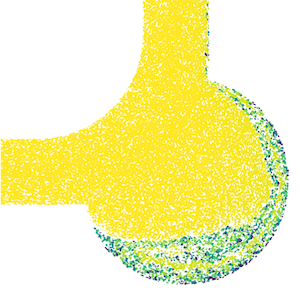
2D Cell Resolved Blood Modeling
Numerical models that attempt to resolve the cell nature of whole blood require enormous computing resources and are usually limited to simulate blood flow on sub-millimeter, sub-second spatial-temoporal scales. In order to probe larger spatial-temporal scales which are practically unachievable by 3D models, simplified 2D models are deployed. I developed and applied a simplified cell resolved blood flow model HemoCell2D, to study the influence of pulsatile flow and the subsequent transport of red blood cells and platelets into simplified saccular aneurysm geometries.
Languages
- Modern Fortran
- Python
Publications
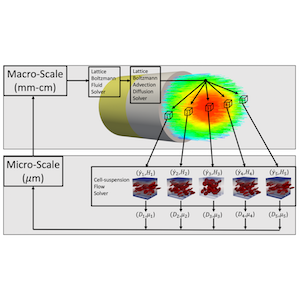
Heterogenous Multi-scale Modelling of Blood Flow
Due to the computational overhead of cell resolved blood flow models, a blood flow model is developed over multiple spatial scales which accurately and efficiantly captures the non-Newtonian rheology of whole blood informed on the micron scale and raises it to the millimeter scale. Here both continuum and cell resolved blood flow models are employed on multiple spatial scales to simulate cellular blood flow in vessels currently out of reach for contemporary cell resolved blood flow models.
Languages
- C++
Publications
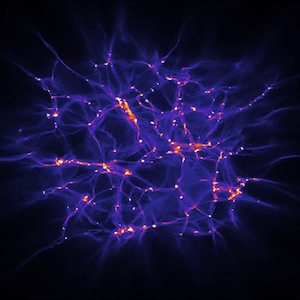
Star Formation
Stars form in molecular gas clouds that are suspended within galaxies. Molecular clouds can span many hundreds of light years in diameter and yield hundreds to thousands of formed stars. Stellar formation begins when dense regions collapse due to their own gravity. Smooth particle hydrodynamic (N-body) simulations of molecular clouds are carried out to classify whether dense collapsed cloud regions will eventually form stars. This work aims to shed light on why we observe young stars orbiting the supermassive black hole at the center of our galaxy.
Languages
- C/C++
- Python
Thesis
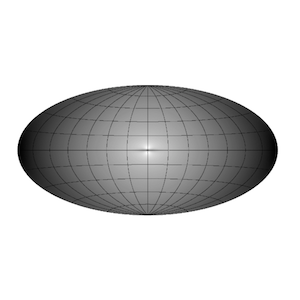
Lensing of the Cosmic Microwave Background
The Cosmic Microwave Background is a relic radiation created when the universe was approximately 300,000 years old. This light was emitted when the universe expanded and cooled enough to allow light to decouple from the primordial plasma and be released. This light signal can be detected today and serves as direct evidence on how the universe is structured on the largest scales. This project simulated light paths leaving the Milky Way from the Sun's location. Specifically the lensing effect that the gravitational potential of the Milky Way Galaxy has on our observation of the Cosmic Microwave Background was calculated.
Languages
- C/C++
- Python